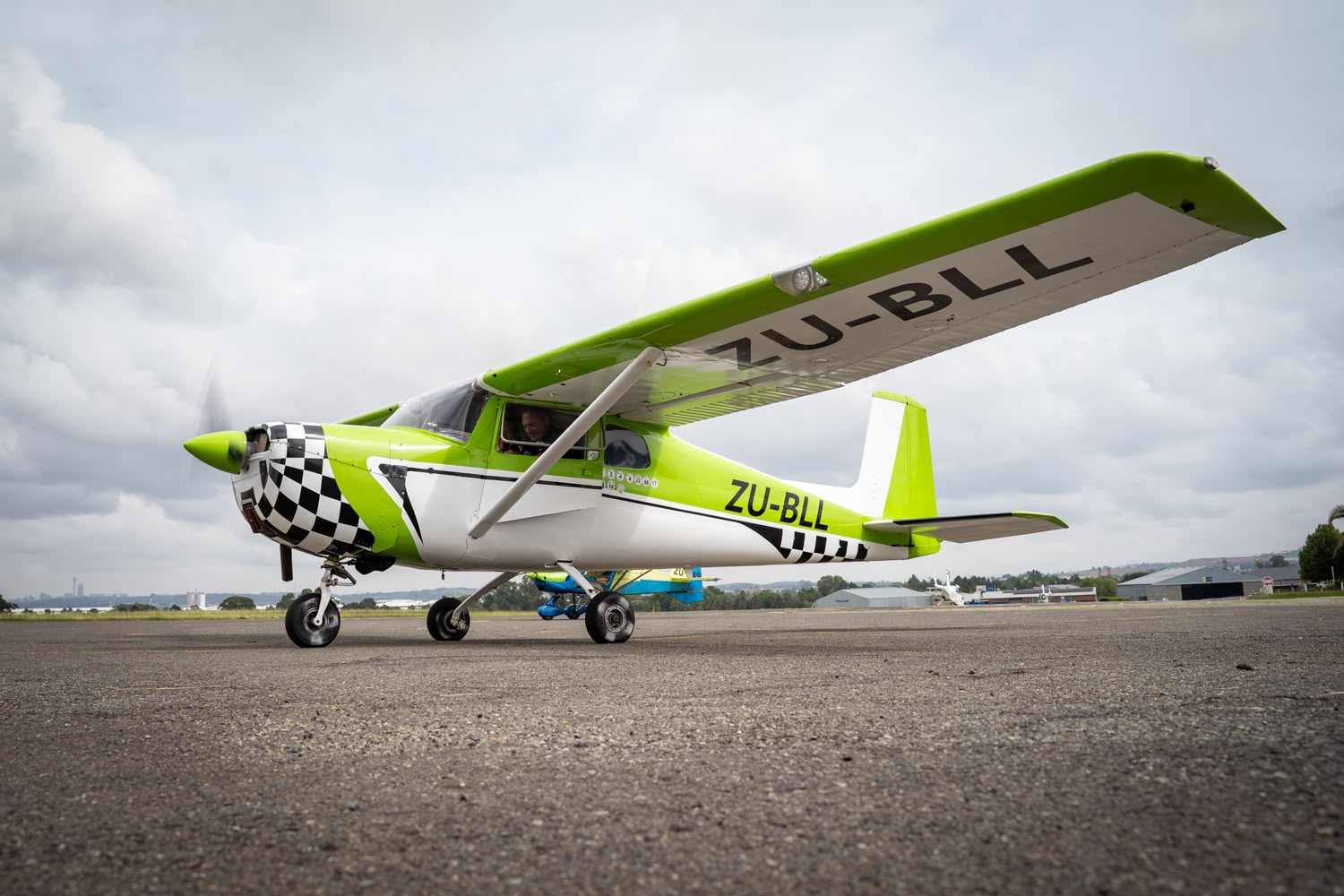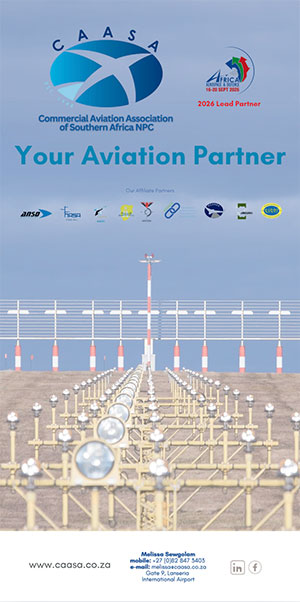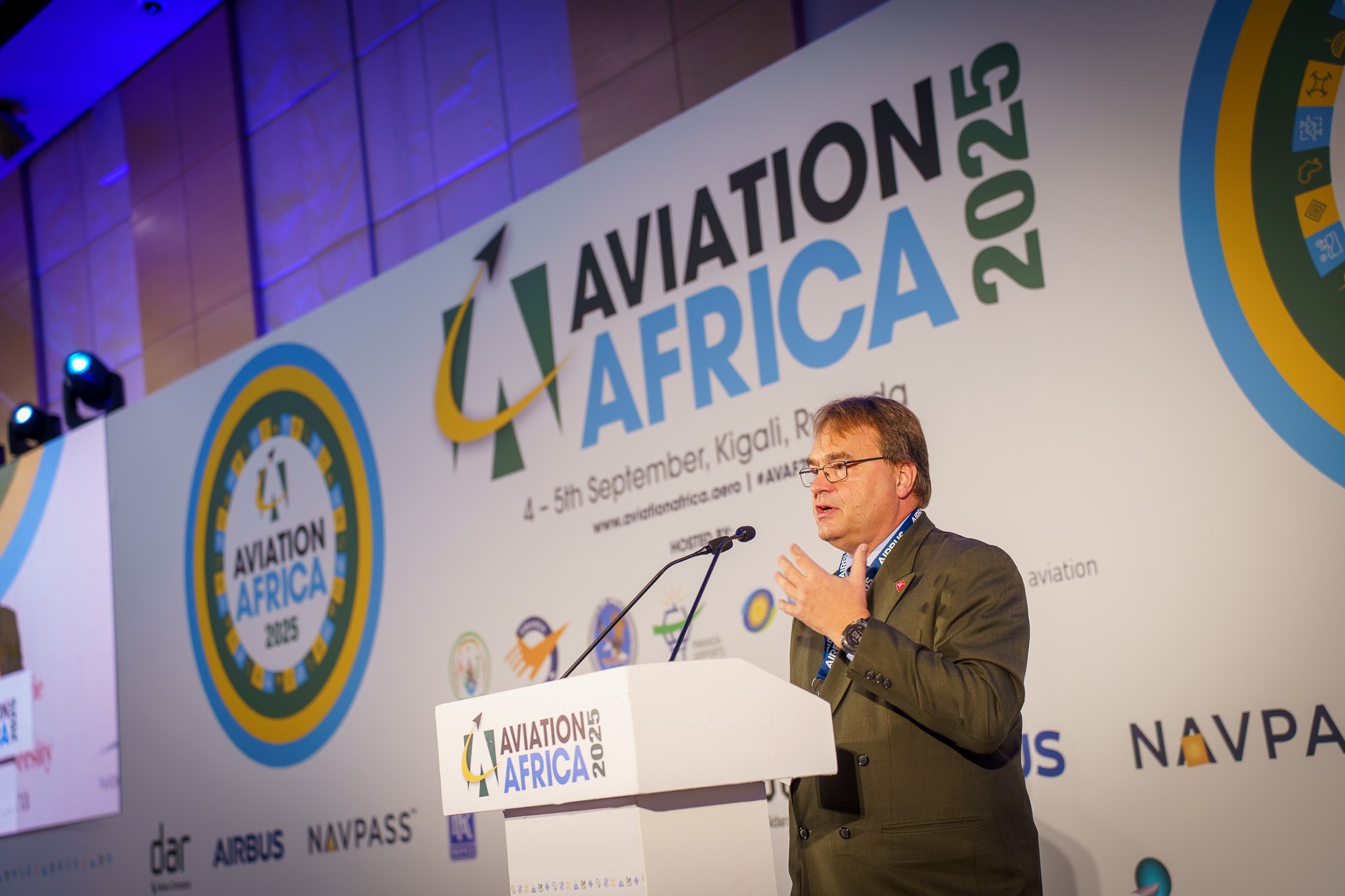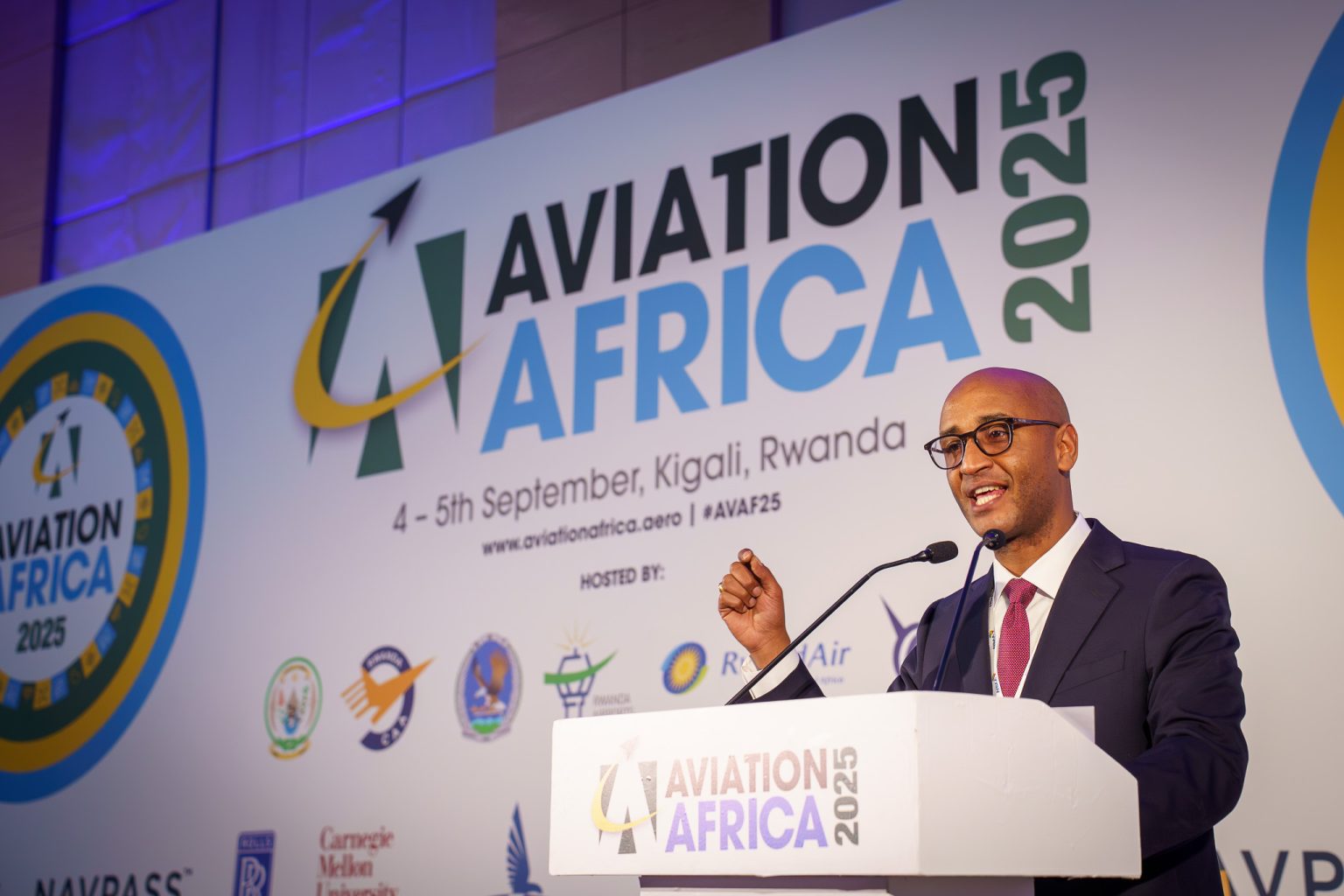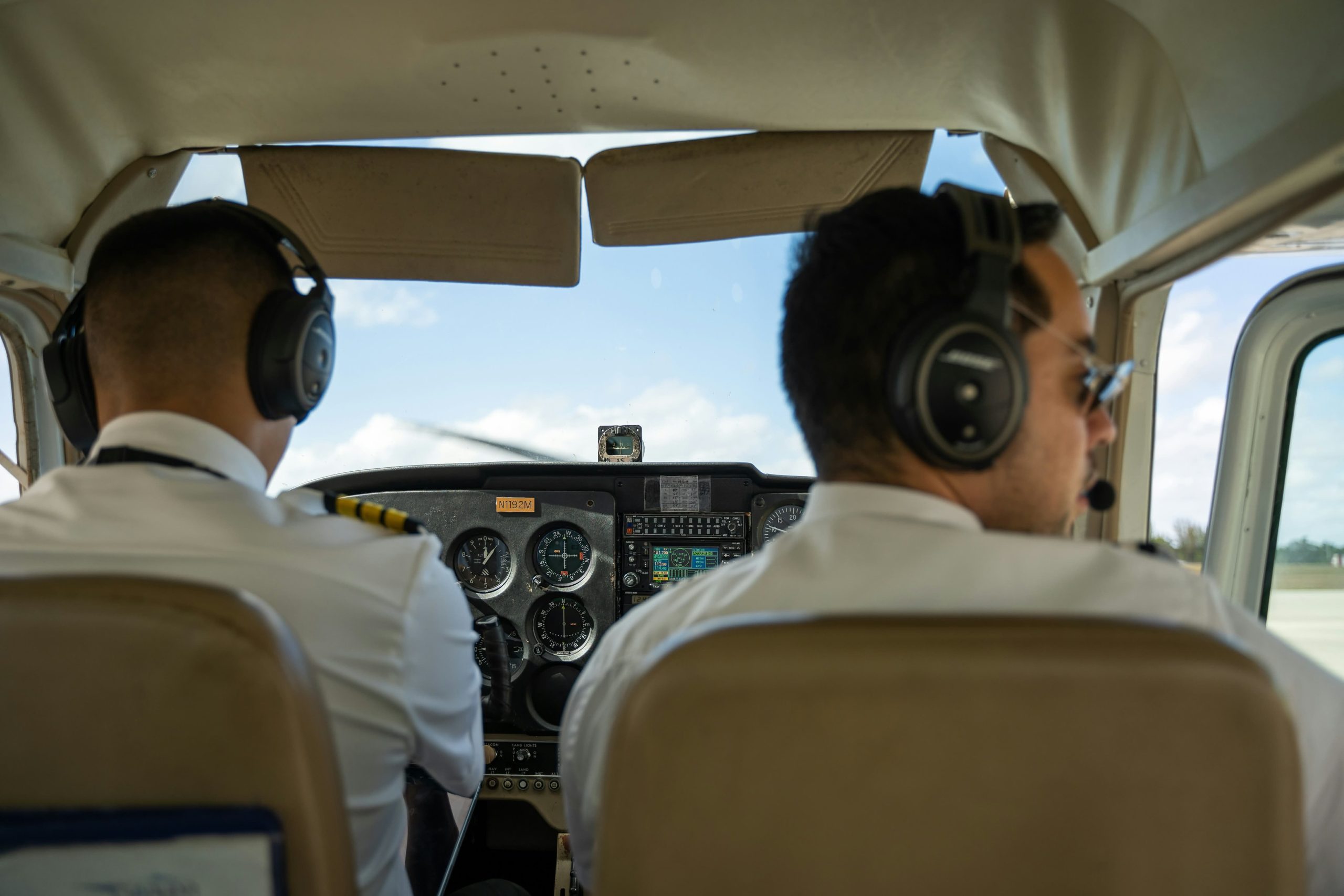Chaos, confusion and controversy. This has been the only way to describe the South African aviation sector in the last few weeks after a ruling by the South African Civil Aviation Authority (SACAA). The ruling states that all Lycoming and Continental piston aircraft engines be overhauled every 12 years, regardless of condition or flight hours logged. This, in essence, grounds 70% of the country’s light aircraft and helicopters and puts almost 300,000 jobs at risk.
Naturally, this has sent riotous uproar and demands for the ruling to be paused, re-thought and overturned, with the industry mobilising against the regulator with legal action and a “war chest”. The unfolding drama has demonstrated the polarity between the industry and the regulator. Is it a power play on behalf of the SACAA, or does the industry need to take a serious leap forward in safety compliance?
How Has It Worked Until Now?
Aircraft maintenance is known to be an expensive, yet necessary headache. The previous AIC 18.19 ruling had allowed aircraft owners to defer mandatory engine overhauls based on usage rather than elapsed time. This has been in place since 2006 and has been primarily applied to aircraft powered by Textron Lycoming, Teledyne Continental, Pratt & Whitney, and Rotax engines, many of which are used in general aviation, agricultural operations, and small-scale commercial services.
However, two years ago, in 2023, the SACAA rescinded the circular, wanting to force any aircraft with an engine older than 12 years to be overhauled before it could be placed back in service. It stated that it was inconsistent with existing Civil Aviation Regulations (CARs), particularly those enacted in 2011. According to the SACAA, the AIC had inappropriately overridden mandatory manufacturer maintenance schedules and posed both a safety and legal risk.
After the ruling, the Democratic Alliance (DA) waded into the fray to pause the SACAA’s decision, stating that the mishandling of the situation caused significant losses, and businesses faced circumstances that could lead to their liquidation. The issue seemed to have simmered down. But the SACAA has been persistent in implementing the ruling.
The SACAA is Digging Its Heels In
The regulator has since stated that the industry has had plenty of time to comply. The first statement, released in 2023, stated that “in order to address the gap resulting from the withdrawal of the AIC and in order to enable the industry to prepare for full compliance with the current regulations and associated Civil Aviation Technical Standards (CATS), the Director of Civil Aviation (DCA) issued a general exemption with conditions on 1 December 2023 that were valid for 180 days.”
The regulator acknowledged that the outcry from the industry was heard, and it was “given additional time to comply, this exemption was extended on 29 May 2024 for another 180 days, expiring on 26 November 2024, which is the longest permissible time for an exemption from applicable regulations.” Now, after another 180 or so days since that deadline, the regulator is again revisiting the ruling and digging in, stating that the industry has to comply.
With the new mandate, the immediate effect has been described by industry stakeholders as a “constructive grounding” of hundreds, potentially thousands, of aircraft that have not undergone engine overhauls within the past 12 years. A major insurer has estimated that up to 70% of South Africa’s fixed-wing and helicopter fleet may be affected.
This has triggered widespread concern across sectors reliant on general aviation, including agriculture, tourism, emergency services, and private enterprise. According to the media releases issued by the Commercial Aviation Association of Southern Africa (CAASA) and affiliated task teams, the financial strain of premature engine overhauls, costing between R1 million and R2.5 million, could shutter businesses, lead to mass job losses, and disrupt access to remote regions.
The Industry Response: Mobilising Legal Action
In response, a coalition of aviation bodies, including CAASA, the Aero Club of South Africa, the Aviation Watch Action Committee, and the Aviation Action Group, has formed a task team to challenge the SACAA’s decision. The group has begun collecting aircraft data and has launched a fundraising campaign aimed at building a R1 million “war chest” for a potential legal class action.
As of mid-June, over 150 contributors, including aircraft owners, flying clubs, and even some insurance providers, have pledged funds and expressed support. Legal proceedings will commence once R350,000 has been secured. Meanwhile, the task team has vowed to continue lobbying the Department of Transport and is hopeful that Agriculture Minister John Steenhuisen will intervene due to the implications for firefighting and food security.
A statement released by the AIC18.19 Task Team doubles down on their resistance. “A reactive public statement by the SACAA makes it clear that the time for talk is over. Although the Task Team will endeavour to enter into talks with the Hon. Minister of Transport, Mrs. Barbara Creecy, it would appear that the SACAA has dug its heels in. The Authority is ironically using the same but unsubstantiated argument of maintaining safety standards that the rescinded AIC 18.19 has been successfully achieving, mitigating the detrimental effects of inactivity and passive storage, as the original recommendation by the manufacturers clearly intended.”
But the SACAA’s Position Remains: Safety First
The SACAA remains firm in its stance, emphasising that the manufacturer’s overhaul guidelines are standard practice globally and are critical for aviation safety, particularly for aircraft that fly across borders into international airspace.
In a June 14 statement, SACAA Director of Civil Aviation, Ms. Poppy Khoza, defended the withdrawal of AIC 18.19, stating that it had been used incorrectly and was out of step with modern aviation standards. “In some instances, and where necessary, decisions taken on account of safety can override commercial interests,” Khoza said.
The SACAA argues that allowing exemptions based on elapsed time undermines maintenance integrity and introduces significant risk, especially if aircraft are inactive for extended periods.
A Sector at Turbulent Crossroads
The ongoing standoff reflects a deep tension between regulatory compliance and economic sustainability in the aviation sector. While the SACAA asserts its responsibility to prioritise safety and legal integrity, industry groups warn of catastrophic economic fallout if flexibility isn’t restored.
While the SACAA have maintained that their decision is based on safety, the sector is highlighting the rule’s potential ripple effects on food production, emergency services, and rural connectivity, accusing the regulator of trying to strong-arm the industry into submission, and financial ruin.
Despite SACAA’s assurance that engagement channels remain open, many in the industry believe litigation may be the only remaining path. The situation remains fluid, and the outcome of the industry’s legal and political efforts could reshape the future of general aviation in South Africa for years to come.
